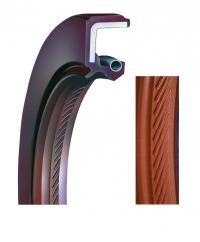'>This session was meticulously organized to showcase the exceptional high viscosity properties of HPMC, a critical attribute that underlines its versatile applicability across various industries. The demonstration aimed to provide stakeholders, including researchers and potential clients, with a clear understanding of how HPMC performs under specific conditions, emphasizing its efficacy as a thickening, binding, and stabilizing agent. Throughout the event, the technical personnel engaged in detailed discussions and hands-on presentations, illustrating the various methods of integrating HPMC into formulations and processes. The outcomes highlighted not only the material's effectiveness in enhancing product consistency and texture but also its role in improving the overall performance of formulations across diverse applications. By meticulously examining the high viscosity characteristics, the team aimed to solidify the company’s position as a leader in supplying innovative and reliable solutions tailored to meet industry demands.








